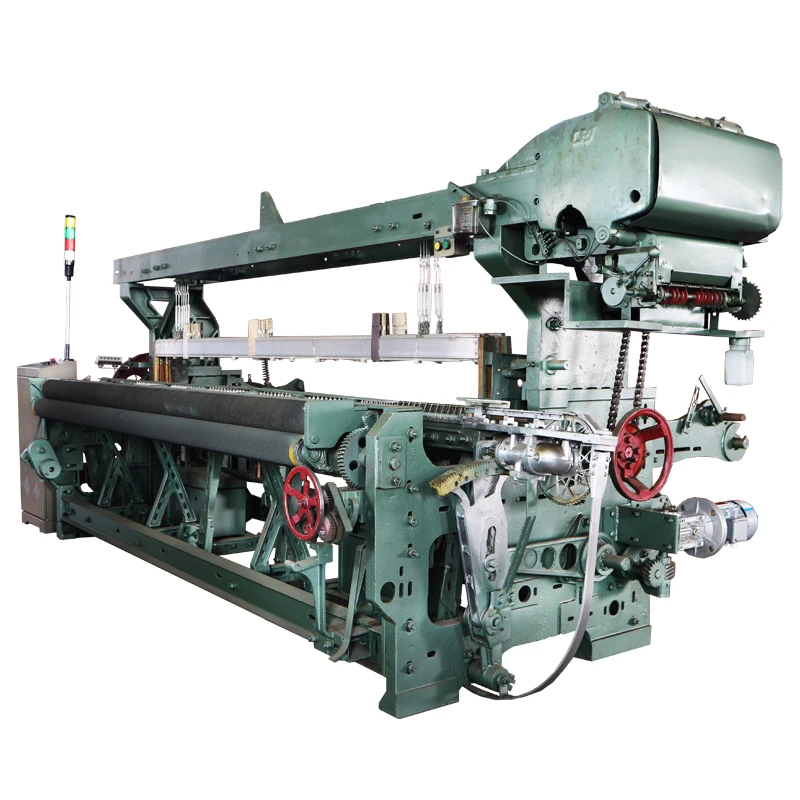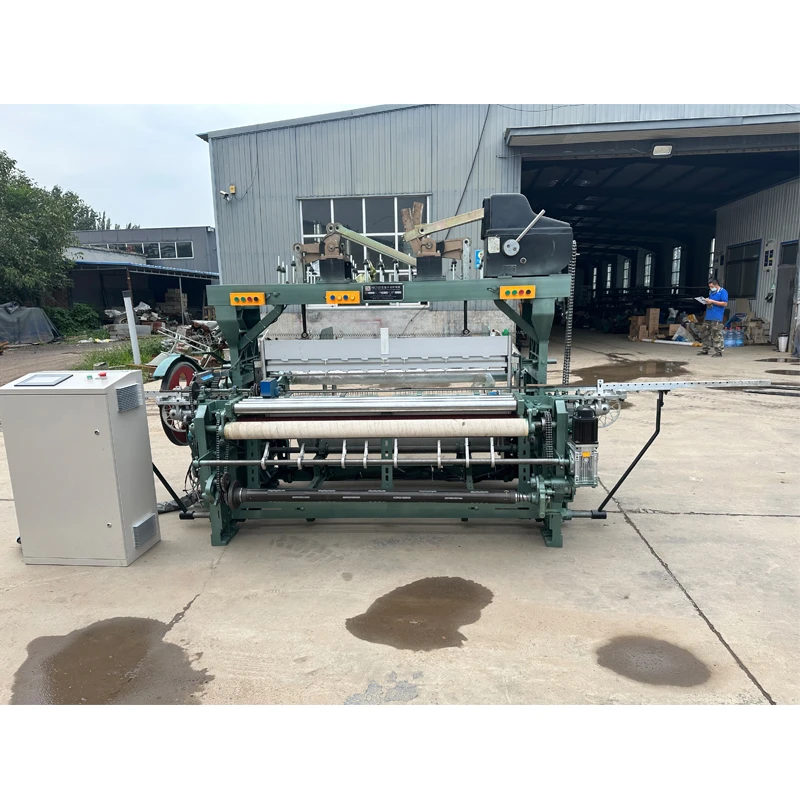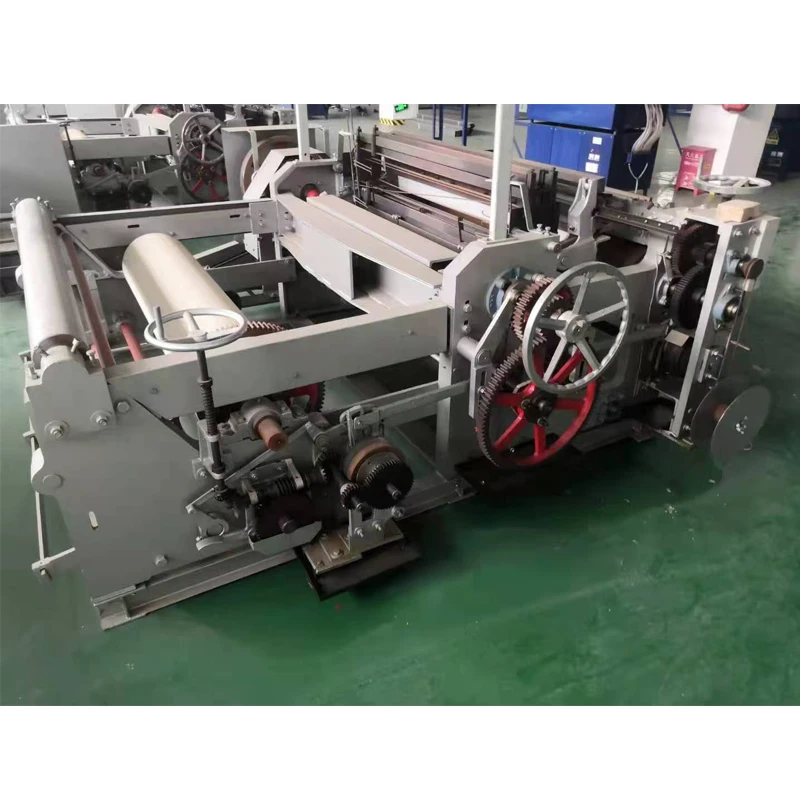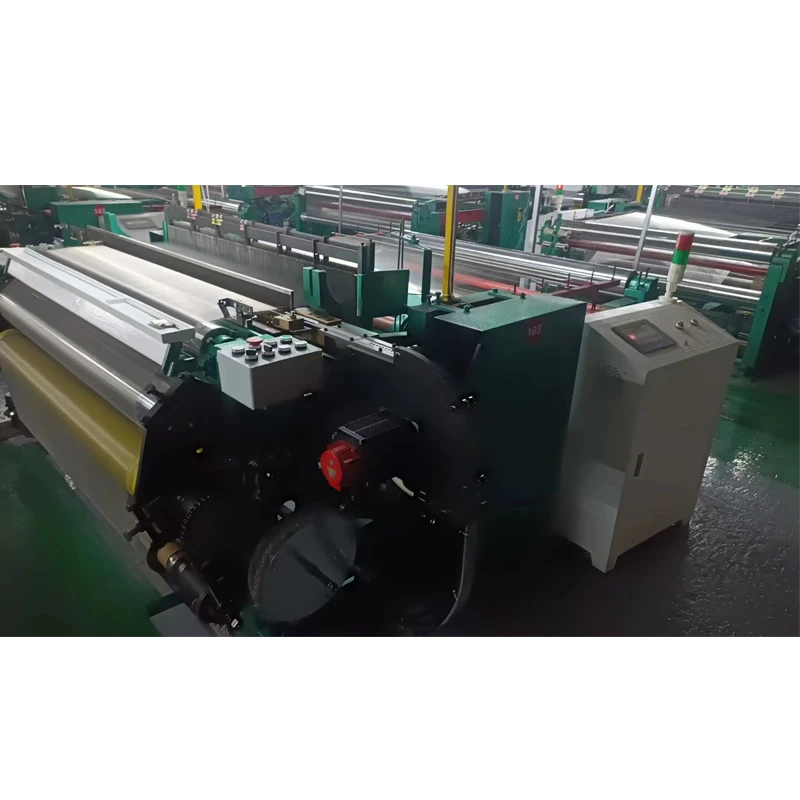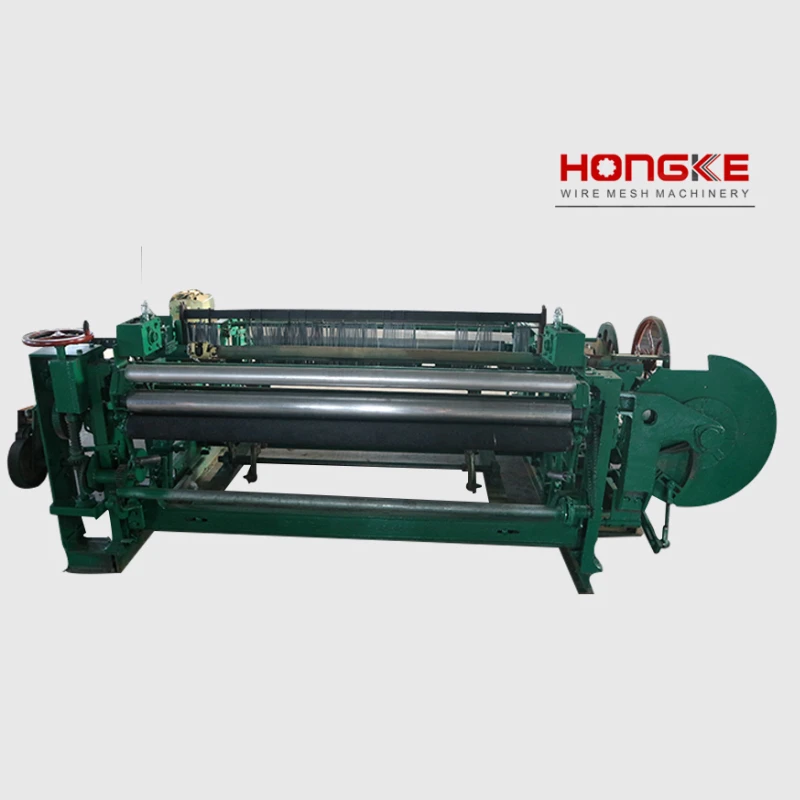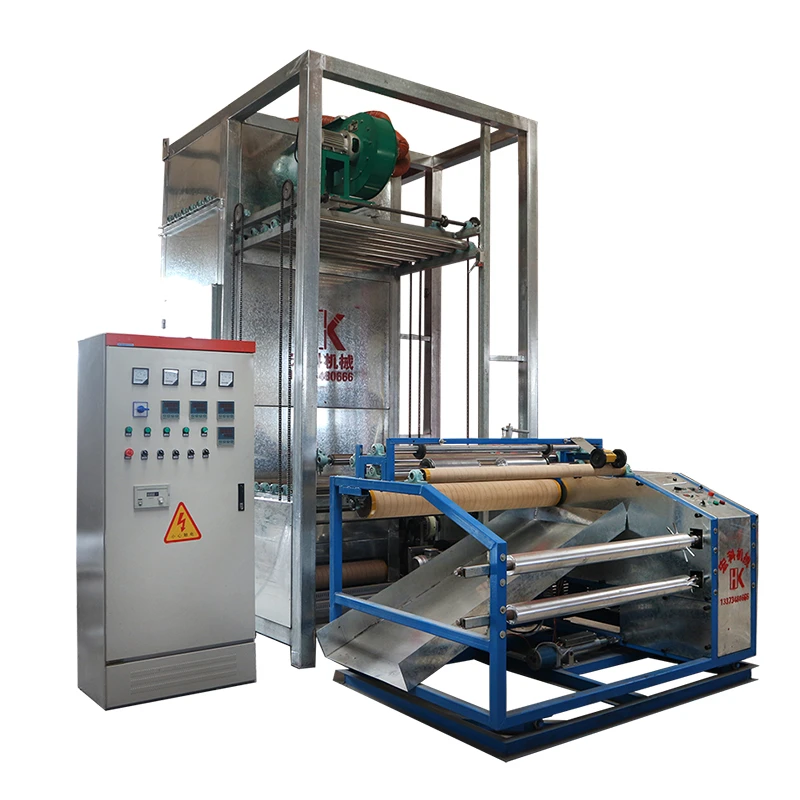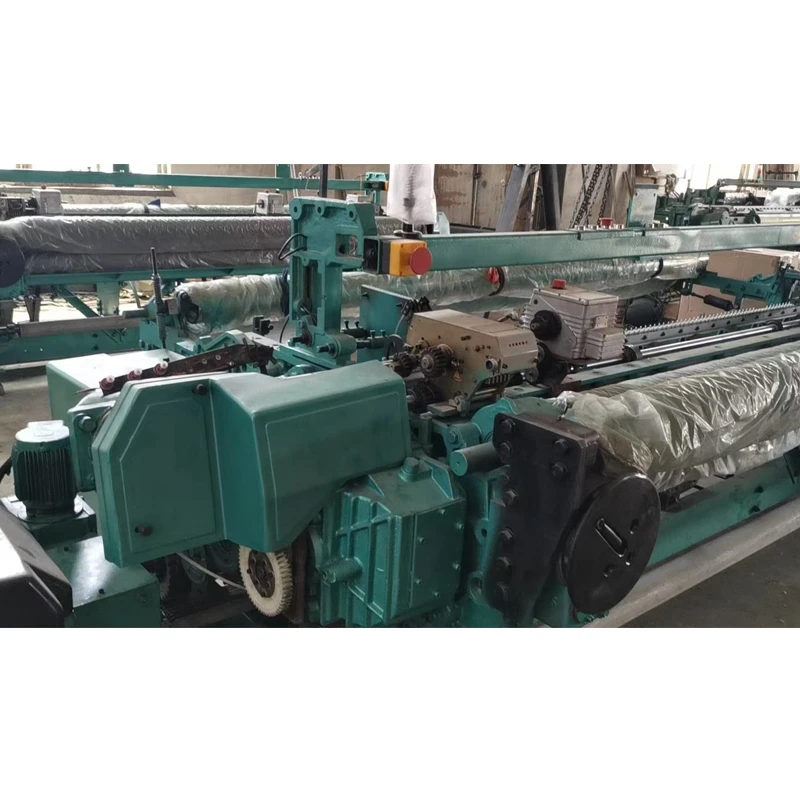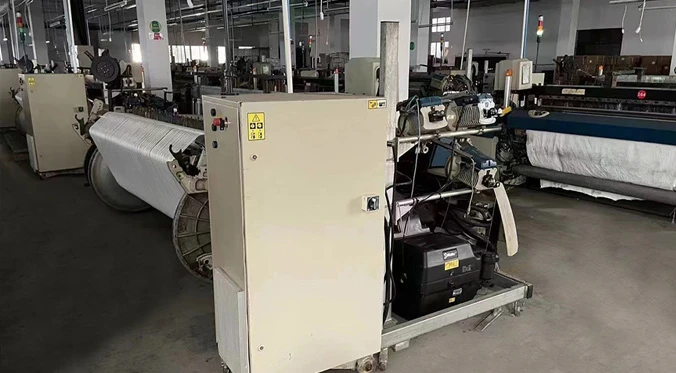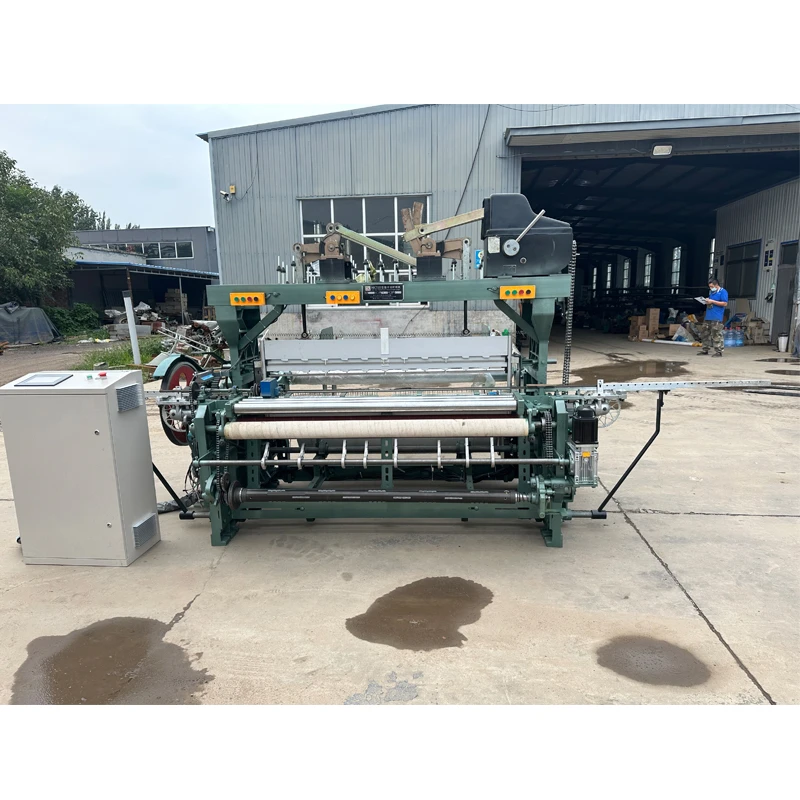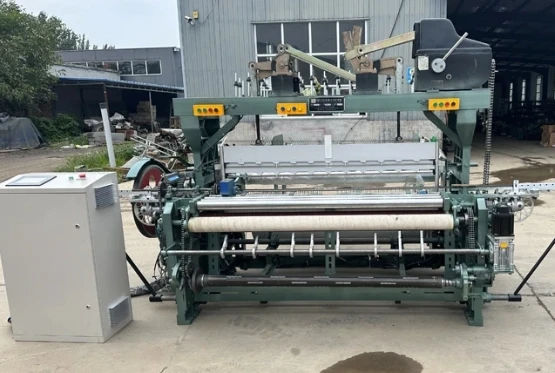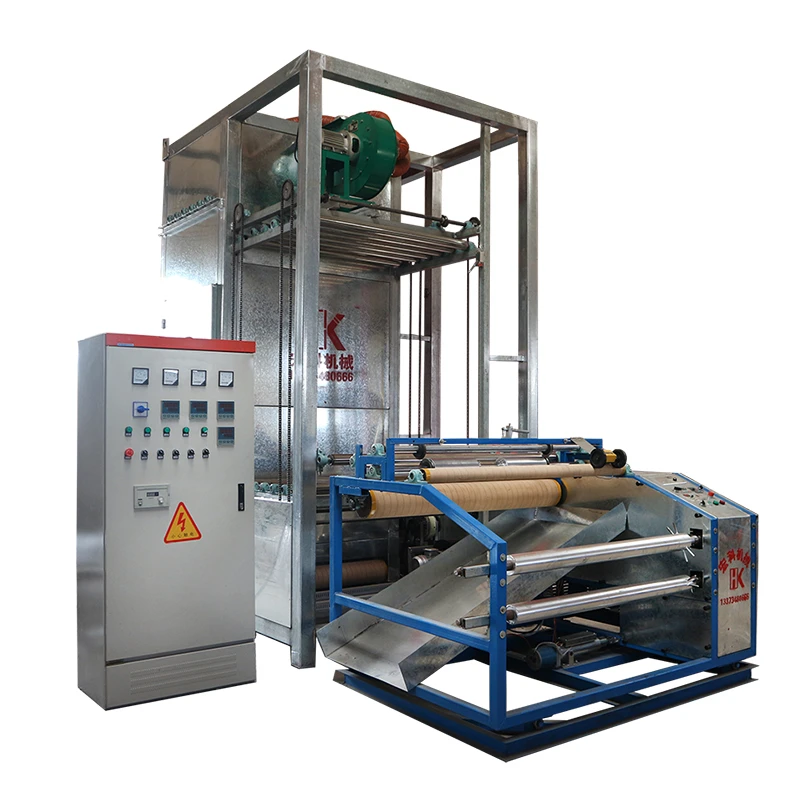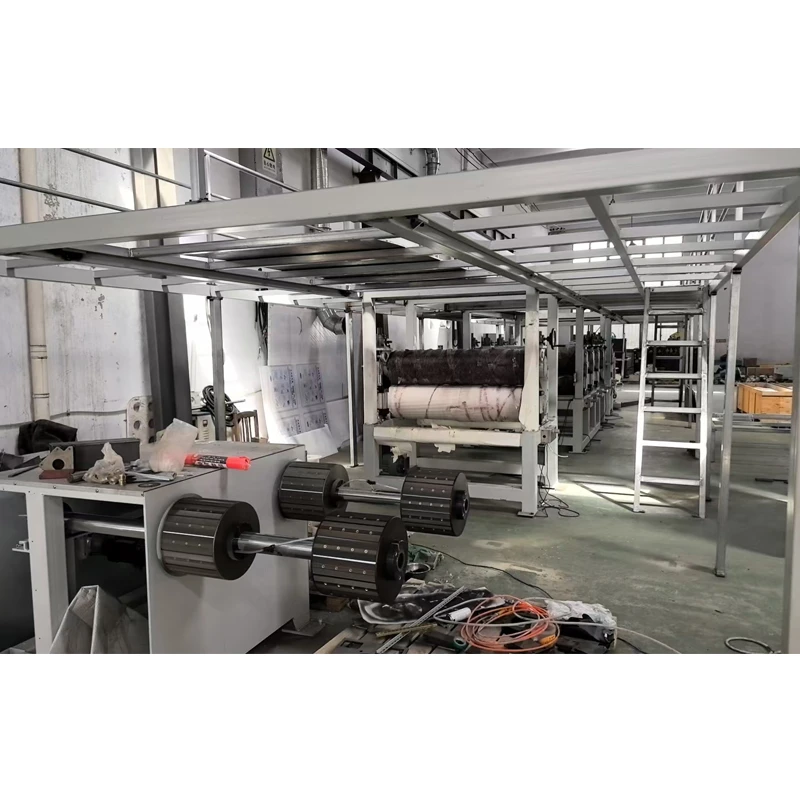
- Current Market Impact and Growth Projections
- Engineering Excellence in Modern Production Systems
- Comparative Analysis of Leading Equipment Manufacturers
- Custom Configuration Options for Specific Production Needs
- Material Innovation Compatibility Features
- Real-World Implementation Success Stories
- Strategic Selection Criteria for Optimal Investment

(mosquito net making machine)
The Critical Role of Mosquito Net Making Machine Technology
Insecticide-treated nets prevent approximately 450 million malaria cases annually according to the World Health Organization, driving unprecedented demand for efficient manufacturing systems. Modern mosquito net making machine
s deliver production speeds unimaginable just a decade ago, with automated equipment outputting 10-15 nets per minute versus manual production rates of 3-5 nets per hour. This seismic productivity shift enables manufacturers to address the 300+ million unit annual deficit in malaria-endemic regions while maintaining consistent quality standards.
Industry projections indicate a compounded annual growth rate of 7.8% through 2030 for the bed net market, intensifying pressure on production infrastructure. Leading mosquito net making machine net machine manufacturer operations have responded with IoT-enabled equipment achieving 95% operational efficiency and less than 1% material waste. These advancements fundamentally transform supply chain economics, reducing production costs by up to 40% compared to semi-automated systems.
Engineering Excellence in Modern Production Systems
Fourth-generation mosquito net machines incorporate proprietary technologies addressing historical manufacturing constraints. Direct-drive servo motors eliminate gear backlash, enabling precise stitch control at 2,500 RPM without thread breakage. Automated tension regulation systems constantly monitor yarn tension with 0.1-gram sensitivity, maintaining uniform knitting density across all fabric zones.
Intelligent defect detection systems utilize multi-spectral imaging sensors scanning fabric surfaces at 30 frames per second, identifying flaws as small as 0.3mm² and automatically flagging rejects. Self-diagnostic modules continuously track 120+ machine performance parameters, predicting maintenance needs with 97% accuracy to minimize unplanned downtime. Climate-controlled extrusion units maintain polymer viscosity within ±0.5% tolerance, critical for insecticide integration efficacy.
Comparative Analysis of Leading Equipment Manufacturers
| Manufacturer | Production Rate (nets/hour) | Changeover Time | Energy Consumption | Average mosquito net manufacturing machine price (USD) |
|---|---|---|---|---|
| TechNet Innovations | 720-850 | 8 min | 18 kW/h | $145,000 |
| WeavePro Systems | 600-700 | 15 min | 22 kW/h | $122,000 |
| PrecisionLooms Ltd | 520-600 | 25 min | 30 kW/h | $98,000 |
| GlobalKnit Machinery | 480-550 | 35 min | 35 kW/h | $85,000 |
Industry data reveals a 26% higher return on investment for manufacturers selecting machinery with rapid changeover capabilities despite 18-22% higher initial cost. The table contrasts key metrics essential for evaluating long-term operational expenditures.
Custom Configuration Options for Specific Production Needs
Forward-thinking mosquito net making machine net machine manufacturer partners offer modular designs adaptable to distinct production scenarios. For UNICEF procurement contracts requiring polyethylene nets, manufacturers implement extruders with dedicated polymer handling systems maintaining precise thermal profiles during insecticide infusion. Operations targeting premium retail markets often integrate multi-head embroidery units adding branded elements with 0.05mm stitching accuracy.
Production environments with variable power stability frequently incorporate hybrid power management systems that switch seamlessly between grid and backup generators without disrupting operations. Compact factory solutions fit complete manufacturing cells into 400 ft² footprints without compromising output, ideal for urban facilities with space constraints. These tailored approaches typically deliver 50% faster ROI than standardized equipment configurations.
Material Innovation Compatibility Features
Next-generation equipment demonstrates remarkable material versatility beyond traditional polyester and polyethylene yarns. Specialized guide systems process cellulose-reinforced polymers with up to 40% natural fiber content while maintaining 15% higher tensile strength. Co-extrusion capabilities create insecticide-reservoir microfilaments that extend effective protection from 20 to 50 washing cycles.
Machine learning algorithms in advanced systems adapt tension parameters when detecting batch variations in recycled polymer compositions, maintaining consistent stitch integrity despite material inconsistencies. This technological flexibility proves critical as 78% of manufacturers report increasing pressure to incorporate sustainable materials without compromising net efficacy.
Implementation Success Stories Across Healthcare Initiatives
A Tanzanian manufacturing cooperative achieved WHO certification within 8 months after deploying automated mosquito net machines, scaling production from 500 to 12,000 nets daily while reducing labor requirements by 40%. Their implementation included specialized humidity-controlled environments for pyrethroid treatment, ensuring precise 20mg/m² insecticide application across all production lots.
In Southeast Asia, a joint venture between three NGOs established distributed manufacturing centers using containerized production modules. Each facility operates at 94% capacity utilization while serving localized distribution networks, demonstrating how scalable technology can adapt to infrastructure-challenged regions. These centers now collectively produce over 5 million nets annually at 30% below import costs.
Maximizing Value in Mosquito Net Making Machine Procurement
Prioritize manufacturers demonstrating ISO 9001 certification with specific expertise in insect-prevention textiles when evaluating equipment investments. Request documented validation of energy efficiency claims through third-party testing reports, particularly focusing on thermal regulation systems responsible for 40-60% of total power consumption. Negotiate service-level agreements guaranteeing response times under 48 hours with critical component inventories held regionally to minimize operational disruptions.
Leading equipment purchasers consistently report that comprehensive technical training programs yield greater long-term returns than marginal price concessions. This holistic approach ensures continuous production of life-saving mosquito nets that meet the most stringent international health standards. Evaluate potential machinery partners against these operational benchmarks before finalizing any acquisition.

(mosquito net making machine)
FAQS on mosquito net making machine
Q: What factors determine mosquito net making machine price?
A: Prices vary based on automation level (semi/fully automatic), production capacity (nets per hour), and technical features like programmable controls. Import taxes and manufacturer brand reputation also significantly impact final costs for mosquito net manufacturing machines.
Q: How does a mosquito net making machine work?
A: The machine automatically unwinds raw polyester/nylon mesh, cuts it to precise dimensions, then seals edges through ultrasonic welding or heat-sealing technology. Some advanced models incorporate automated zipper/pocket attachment for box nets during continuous production.
Q: What should I evaluate in a mosquito net machine manufacturer?
A: Prioritize manufacturers with proven industry experience, comprehensive technical support services, and readily available spare parts. Request client references and verify machine certifications (CE/ISO) to ensure manufacturing standards compliance.
Q: Can mosquito net machines create different net types?
A: Yes, modern machines produce box nets, conical nets, and rectangular designs by adjusting settings. Custom length/width parameters are programmable, while optional add-ons facilitate insecticide treatment integration during production.
Q: Where can I buy reliable mosquito net making machines?
A: Directly contact specialized manufacturers through industry expos like Canton Fair or verified B2B platforms. Always request on-site demonstrations and compare warranties before purchasing production equipment.









